Boris Johnson has been Prime Minister for two of the most eventful years in modern British history.
As he marks this milestone, here are some of the key moments of his premiership so far:
2019
July 23: Boris Johnson is elected as leader of the Conservative and Unionist Party after a campaign promising to take Britain out of the EU by the deadline of October 31 “do or die”.
July 24: Mr Johnson enters 10 Downing Street for the first time as Prime Minister, vowing to prove the “doubters, doomsters and gloomsters” wrong over Brexit.
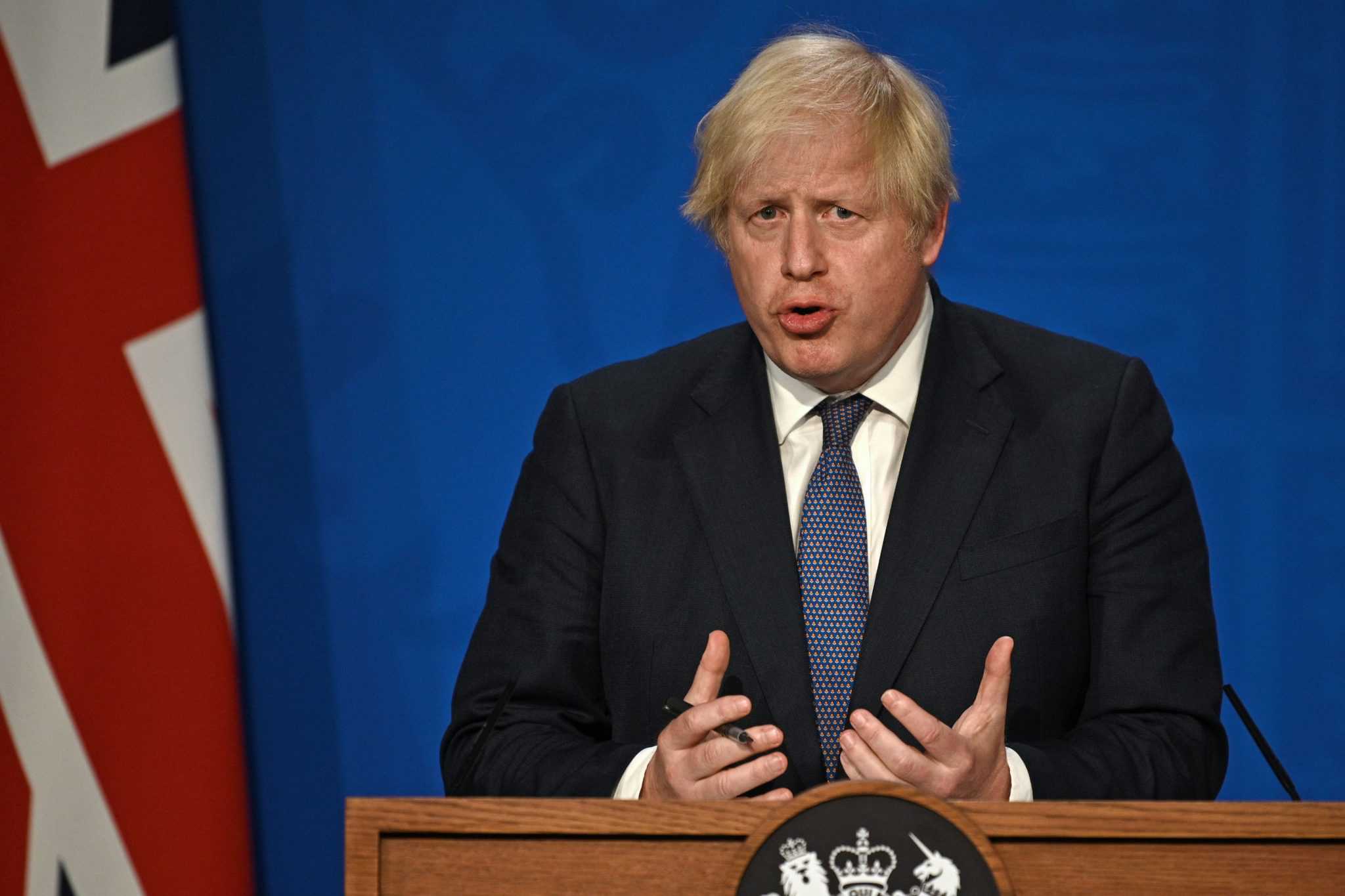
August 20: The EU rebuffs Mr Johnson’s demand for a new Brexit deal without the Irish backstop – the contingency plan to ensure there is no hard border between Northern Ireland and the Republic.
August 28: The Queen is dragged into the Brexit row as the Prime Minister requests and is granted a five-week prorogation of Parliament, prompting furious accusations that he is suspending democracy to prevent MPs frustrating his Brexit plans.
September 4: Mr Johnson suspends the whip for 21 rebel Tories – including former chancellors Ken Clarke and Philip Hammond – who voted for the so-called Benn Act requiring him to seek a Brexit delay if he cannot get Parliament to back a deal by October 19.
The Prime Minister attempts to trigger an early general election but fails because he does not win the required support of two-thirds of MPs.
September 24: The Supreme Court rules that the Prime Minister’s advice to the Queen to prorogue Parliament was unlawful, paving the way for MPs to return to Westminster.
October 17: Mr Johnson announces that he has reached a deal with the EU which means the UK can leave the bloc, but his DUP allies say they cannot support it as it threatens Northern Ireland’s place in the Union.
October 19: Mr Johnson calls the first Saturday sitting of the Commons in 37 years for a vote on his deal but MPs rebel and vote for an amendment requiring him to seek an extension to January 31.
October 29: Labour drops its opposition to a snap election and the Commons passes a one-page Bill allowing polling to take place on December 12 after Mr Johnson previously failed three times.
November: The first case of a new coronavirus is identified in the city of Wuhan in the province of Hubei, China.
December 12: The Conservatives win an 80-seat Commons majority after an election campaign promising to “get Brexit done”, as Labour’s northern heartlands crumble under Jeremy Corbyn.
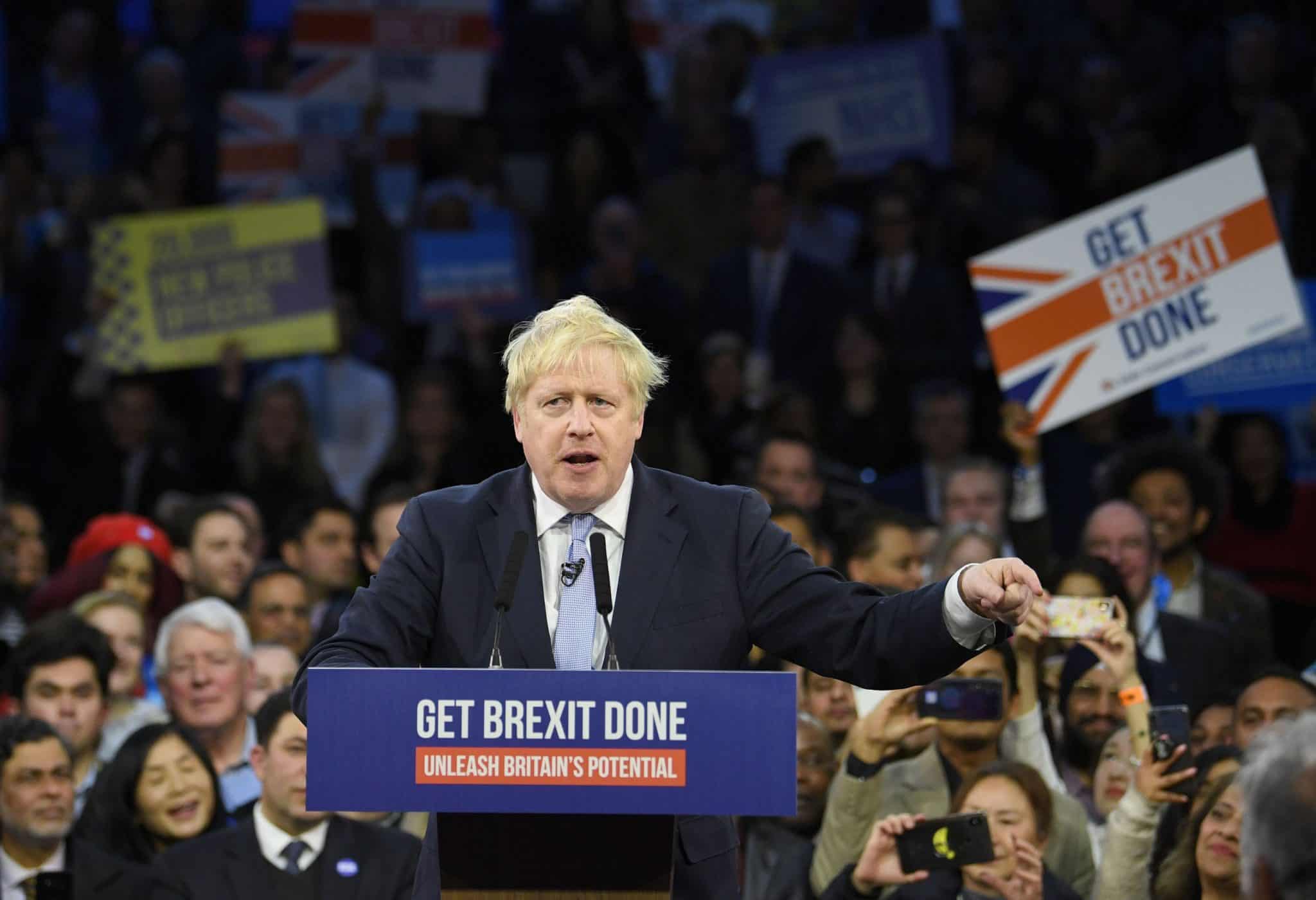
2020
January 9: The Prime Minister’s Brexit deal passes through the Commons with a majority of 99.
January 30: The coronavirus outbreak is declared an international public health emergency by the World Health Organisation (WHO).
Peter Attwood, 84, from Chatham in Kent, dies in hospital – though his death will not be formally confirmed as having involved Covid-19 until the end of August.
January 31: The UK leaves the European Union, three years after voting to leave the bloc.
The first coronavirus cases are reported in the UK when two members of the same family – a University of York student and a relative – test positive for the virus.
February 13: Sajid Javid resigns as chancellor after being told he must sack all his advisers if he wants to keep his job.
February 29: Eleven days after his divorce from Marina Wheeler is finalised, Mr Johnson and Carrie Symonds announce they are engaged and expecting a baby.
March 5: A patient with underlying health conditions becomes what is believed at the time to be the first person in the UK to die after testing positive for Covid-19.
March 11: The Covid-19 outbreak is declared a pandemic by the WHO.
March 23: Mr Johnson imposes a lockdown with the closure of all non-essential shops and restrictions on people leaving their homes. The UK coronavirus death toll – based on death certificates that mention Covid-19 – passes 1,000.
March 27: Mr Johnson and Health Secretary Matt Hancock test positive for Covid-19, while chief medical officer Chris Whitty says he has symptoms of the disease and is self-isolating.
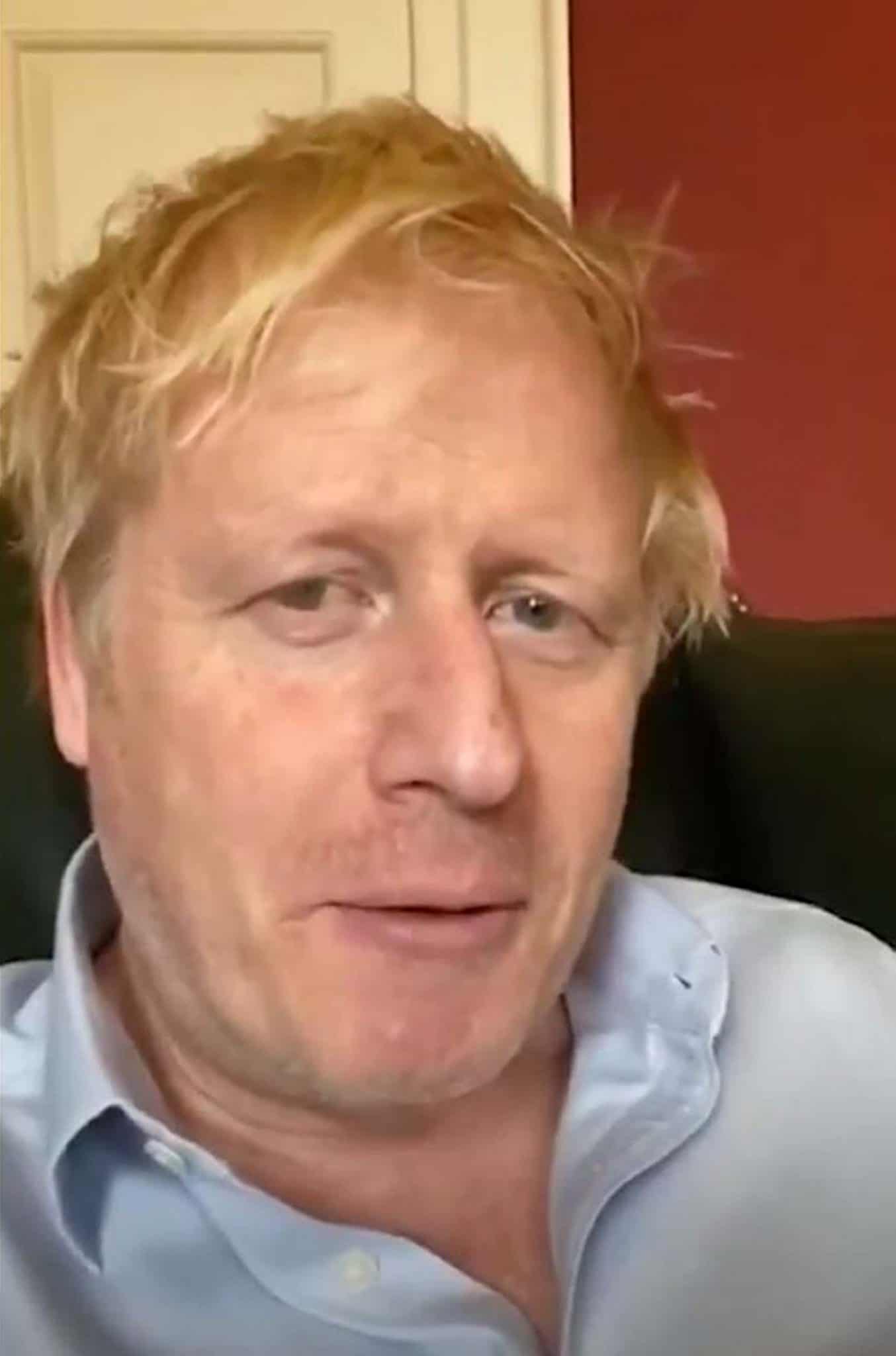
April 4: Sir Keir Starmer is elected new leader of the Labour Party.
April 5: Mr Johnson is admitted to St Thomas’ Hospital for tests in a “precautionary step” as his coronavirus symptoms persist.
April 6: The Prime Minister is moved to intensive care after his condition worsens.
April 12: Mr Johnson is discharged from hospital to continue his recovery at Chequers, thanking NHS staff for saving his life.
April 29: Mr Johnson’s fiancee, Ms Symonds, gives birth to her first child, a boy called Wilfred.
April 30: At his first press conference since being in hospital, the Prime Minister says the country is “past the peak of this disease”.
May 10: Mr Johnson announces the first easing of England’s lockdown, telling people they are allowed to sunbathe in parks and leave the house to exercise more than once a day.
May 22: Newspapers report that Dominic Cummings, Mr Johnson’s chief adviser, travelled to his parents’ property in Durham with his wife and child at the height of the pandemic in a possible breach of lockdown rules.
May 23: The UK’s Covid-19 death toll passes 50,000.
May 24: Mr Johnson says Mr Cummings “acted responsibly, legally and with integrity”, and “any parent would, frankly, understand what he did”.
May 25: Mr Cummings defends his actions at an impromptu press conference in the No 10 rose garden, saying he behaved “reasonably” and does not regret his actions.
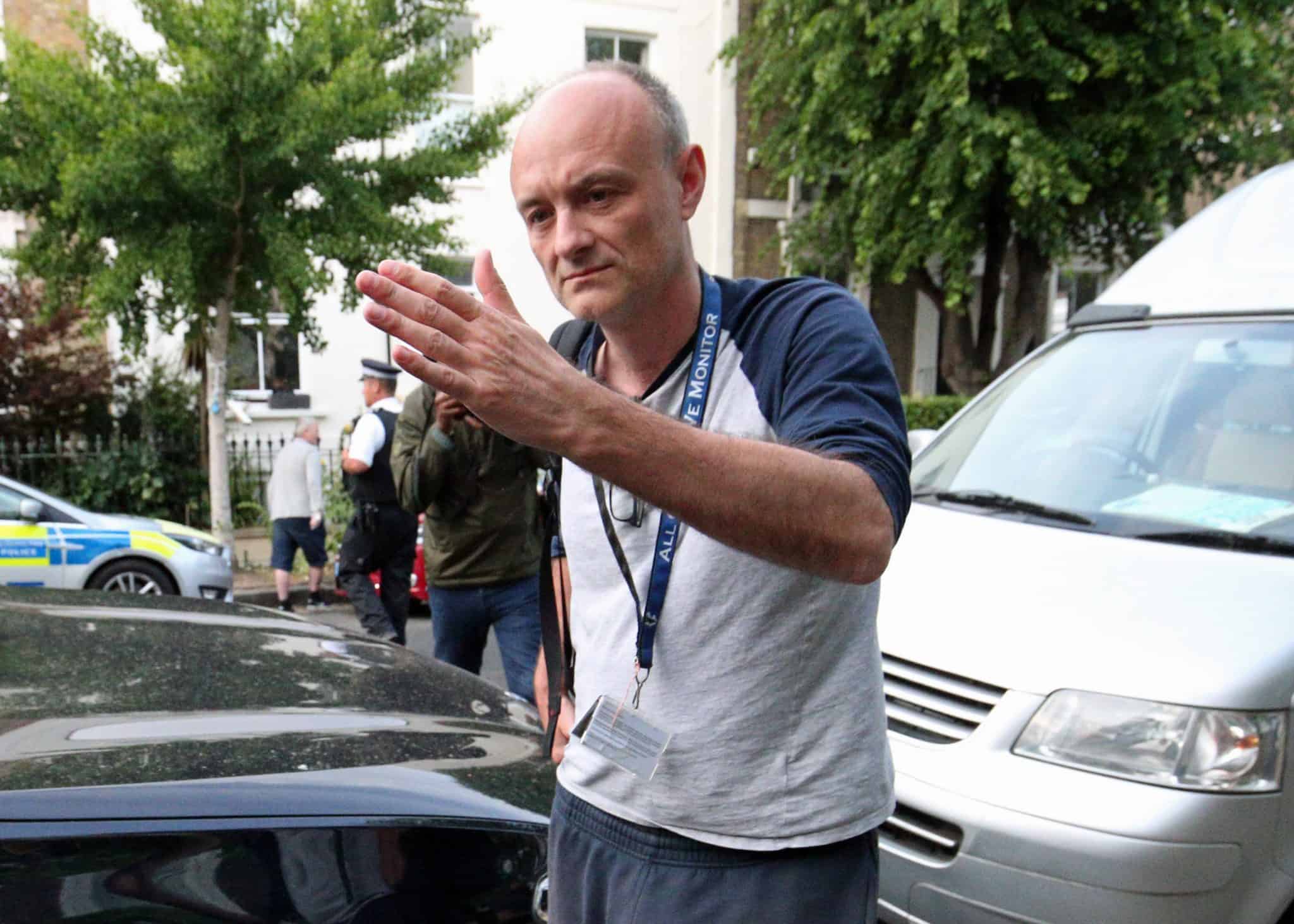
July 4: Pints are poured in pubs and couples finally say “I do” as lockdown restrictions are eased across England.
July 31: The Prime Minister postpones a further easing of lockdown, saying “our assessment is that we should squeeze that brake pedal” to control the virus.
September 18: Mr Johnson warns that a second wave of coronavirus has arrived in the UK, but “I don’t think anybody wants to go into a second lockdown”.
October 14: Piecemeal local restrictions are replaced with tiered arrangements in England, with Liverpool placed in the highest Tier 3.
October 20: After a high-profile battle between Mr Johnson’s Government and Mayor Andy Burnham, Tier 3 restrictions are announced for Greater Manchester.
October 31: With the tiers unable to control the rising infections, a second lockdown is announced for England, with non-essential shops, pubs and restaurants closed from November 5.
November 11: Lee Cain resigns as the Prime Minister’s director of communications following a power struggle in No 10.
November 12: Mr Cummings confirms he will leave by the end of the year.
November 13: Mr Cummings walks out of No 10 carrying his belongings in a cardboard box as it becomes clear he has left the heart of government, although he continues to work on specific projects.
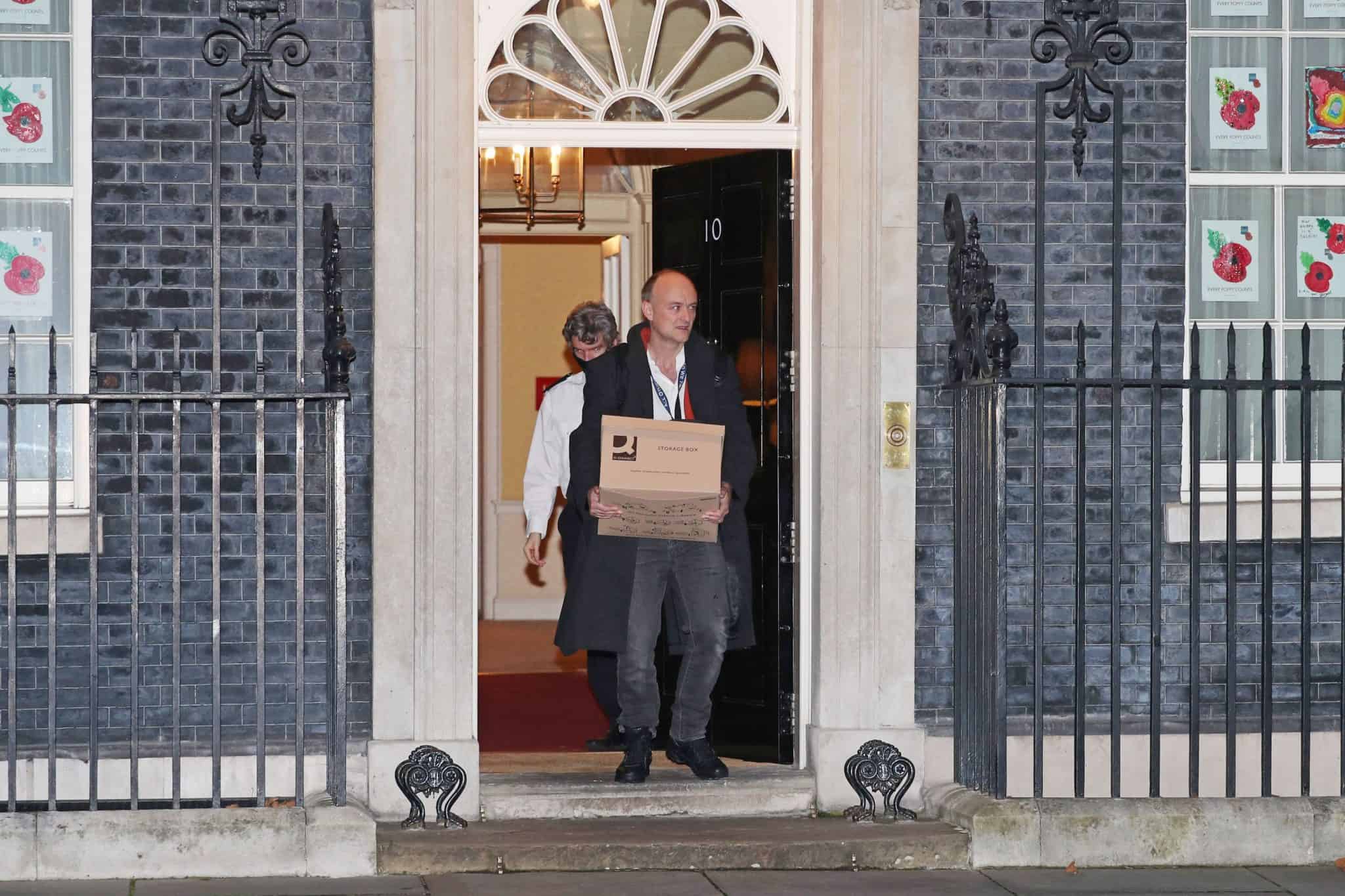
December 2: England’s second national lockdown comes to an end and is replaced by a strengthened three-tier system.
Meanwhile, the UK becomes the first country in the world to approve the Pfizer/BioNTech coronavirus vaccine.
December 8: Grandmother Margaret Keenan, 90, becomes the first patient in the world to receive a Covid jab outside clinical trials as the NHS launches its biggest ever vaccination campaign.
December 19: The Prime Minister cancels Christmas for almost 18 million people across London and eastern and south-east England by moving them into a newly created Tier 4 for two weeks after scientists warn of the rapid spread of the Kent variant.
December 30: It is announced that an additional 20 million people in England will move to the tightest restrictions, making a total of 44 million in Tier 4, or 78 per cent of the population.
A Covid-19 vaccine from Oxford University and AstraZeneca is approved for use in the UK.
December 31: The UK’s transition period with the European Union ends, concluding the UK’s legal ties to the bloc.
2021
January 4: The Prime Minister announces a third national lockdown for England which will see schools shut to most students and people urged to stay at home to prevent the NHS being overwhelmed by surging coronavirus infections.
January 26: The Covid-19 death toll reaches 100,000 in the UK.
April 20: The proposed European Super League collapses as Premier League clubs withdraw from the competition amid a fierce backlash from fans and a lack of support from politicians including Mr Johnson.
May 6: The Conservatives gain Hartlepool in a by-election which continues the Labour Party’s collapse in the North.
The Tories also make gains in the delayed local elections, with the results attributed to the success of the Government’s vaccination programme.
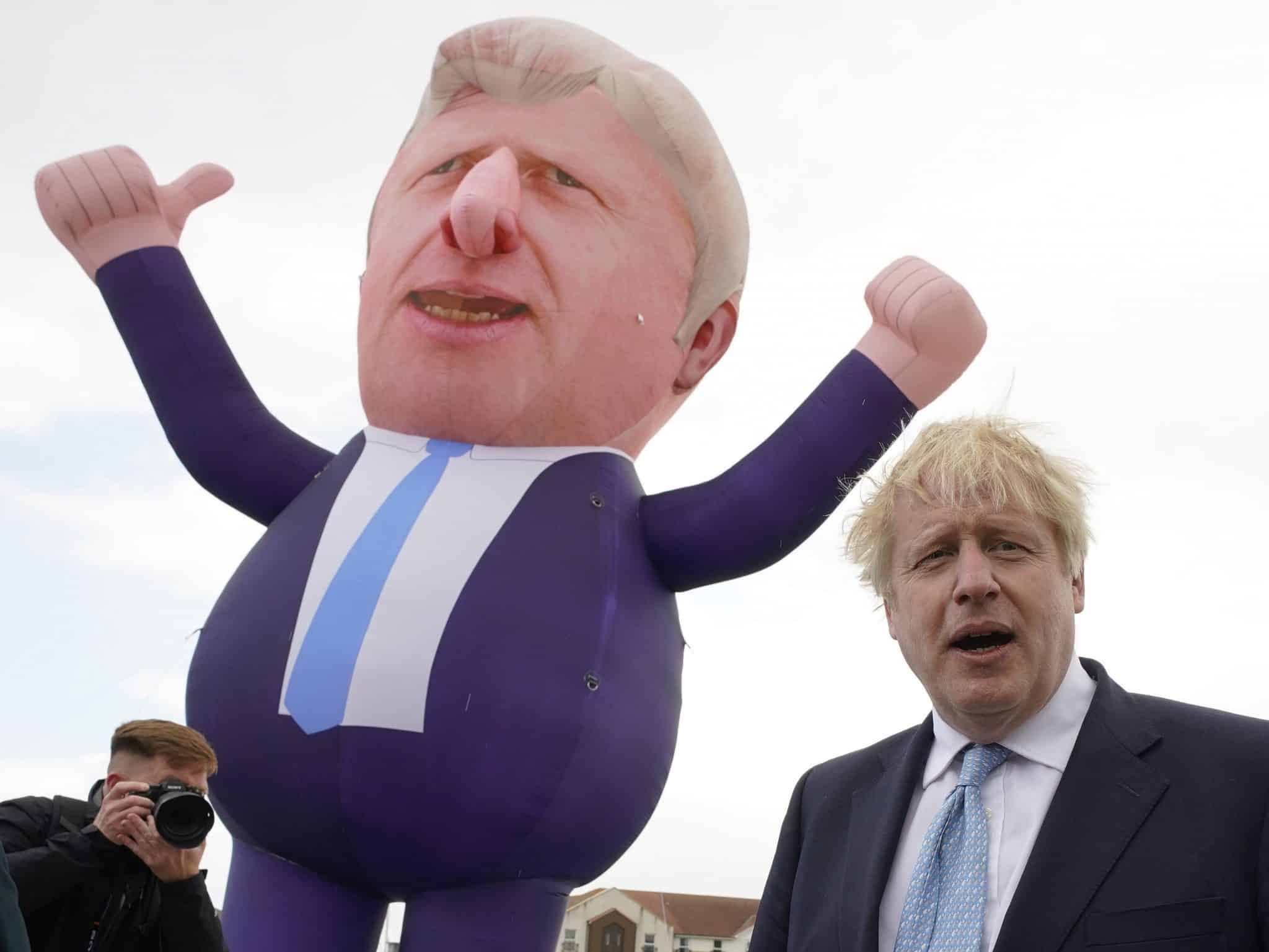
May 29: Mr Johnson marries Ms Symonds in a small ceremony at Westminster Cathedral.
June 10: The Prime Minister meets US President Joe Biden for the first time as the UK hosts the G7 summit in Cornwall.
June 14: Mr Johnson delays the “irreversible” removal of the UK’s Covid-19 restrictions by four weeks from June 21 to July 19.
June 17: The Conservatives lose Chesham and Amersham to the Liberal Democrats after a by-election triggered by the death of Cheryl Gillan.
June 25: Mr Hancock’s affair with an aide which broke Covid restrictions is exposed by the Sun newspaper.
June 26: Mr Hancock resigns as Health Secretary and former chancellor Mr Javid is brought in to replace him.
July 1: The Conservatives fail to win the Batley and Spen by-election, losing to Labour’s Kim Leadbeater by 323 votes.
July 13: Mr Johnson survives a Tory rebellion over a £4 billion cut to foreign aid spending, breaking a manifesto pledge.
July 19: Despite soaring cases of the Delta variant of Covid, the Prime Minster scraps all legal restrictions imposed due to the pandemic.
Related: Johnson’s ‘vaccine bounce’ fades as Tories slide in the polls

